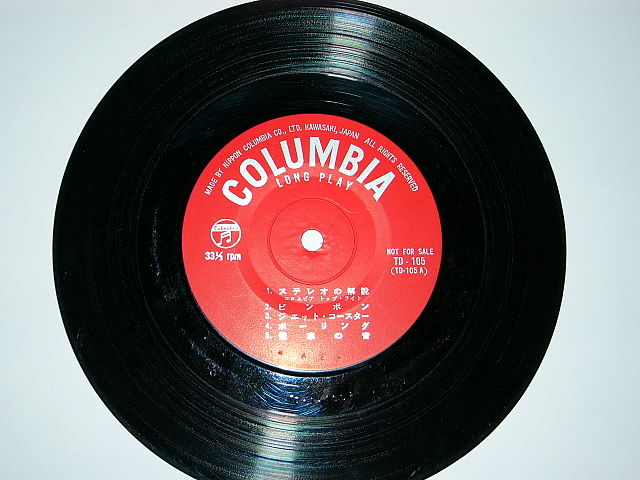Both LP and EP cater to the audience’s demand for music, and for many, the difference between the two may not matter as long as they can listen to their favorite tunes. However, there are differences between LP and EP that are worth noting for music enthusiasts interested in more classic forms of music recordings. LP and EP, which stand for Long Play and Extended Play, have been common names since the introduction of vinyl. These terms continue to be used even in the era of compact discs. Both records have deep-rooted history and have been continuously evolving in the music industry.
What is LP?
Long play is considered the original vinyl and is typically a full album. It consists of about 10-12 tracks and is heavily promoted by the artist. It is released in a 12-inch format and plays for 40-45 minutes. For several decades, the vinyl LP enjoyed popularity until it began to give way to the much more portable cassette tape, thus paving the start of another record trend.
What is EP?
Extended play, on the other hand, was initially released to compete with the more popular LP. It usually plays for 25 minutes and contains about 3-5 tracks. Since it did not gain the same acceptance that LP had, it was utilized to provide samples of albums or an assortment of singles from various artists under the same record label.
What is the difference between LP and EP?
LP provides a wide range of song selections since it contains more tracks. EP offers a more intimate association, as it is composed primarily of selected singles that reflect the artists’ genre and style. While no longer presented in vinyl phonographs, the concept of LP and EP is still prevalent today. As per industry standard, an LP has about ten songs and is considered a full album. Record success is primarily based on the sales of the LP. EP is increasingly being adopted as a way of promoting singles for aspiring artists. EP is more economical and is a faster way to record and promote one’s work than an LP.
Key Takeaways
- LP is typically a full album consisting of 10-12 tracks and plays for 40-45 minutes, while EP usually plays for 25 minutes and contains 3-5 tracks.
- Record success is primarily based on the sales of the LP, while EP is used for samples of albums and adopted more for promoting singles of aspiring artists.
- Nowadays, LPs are more capitalized by popular artists for commercial promotion and profit benefits. Although shorter tracks are sometimes included to add to the number of tracks in an album, this can compromise the quality of the record.
